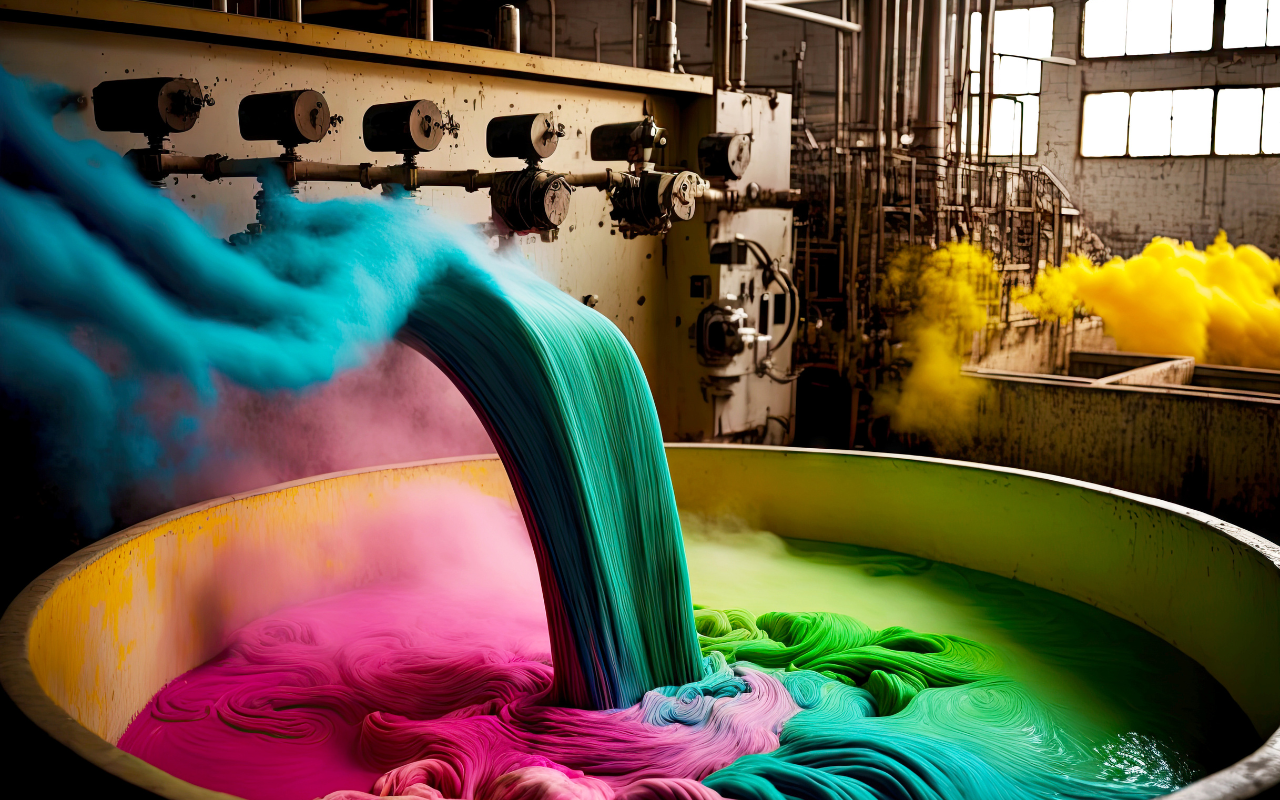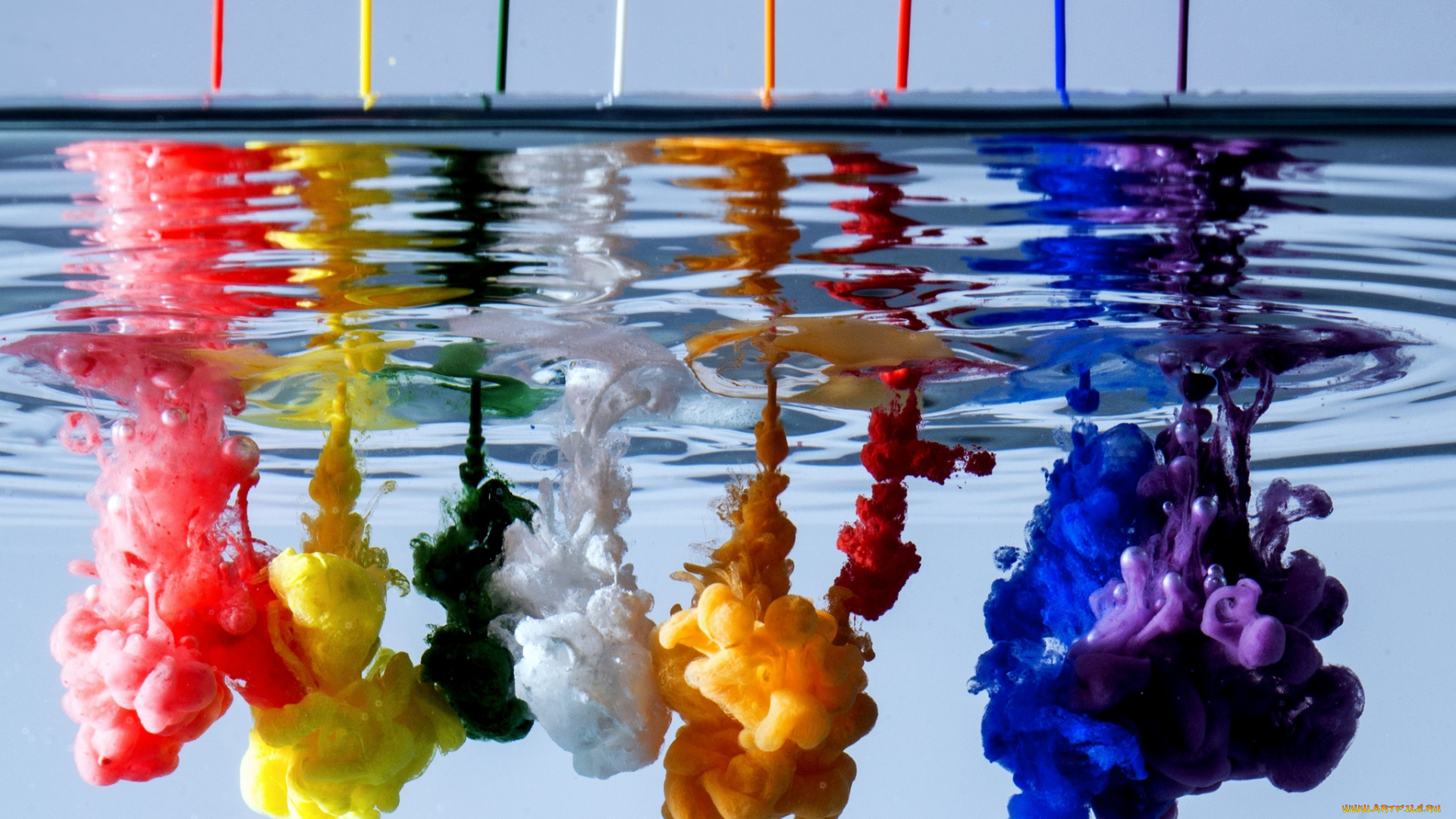Direct Dyes vs. Reactive Dyes: Which is Right for You?
When selecting the ideal dye for your textile needs, understanding the key differences between direct and reactive dyes is crucial. Each type of dye serves distinct purposes and has its own set of benefits and limitations, making it suitable for different materials and applications. Understanding Direct Dyes: Properties and Practical Applications Direct dyes, a class of dyestuffs that are characterized by their water solubility and straightforward application process, are primarily used for coloring cellulose fibers like cotton, rayon, and paper. Their molecular structure allows them to adhere to the fabric through hydrogen bonding and electrostatic attraction, simplifying the dyeing procedure without the need for a mordant. Properties of Direct Dyes: Solubility: These dyes dissolve readily in water, facilitating a uniform distribution of color. Affinity: Direct dyes exhibit a high affinity for cellulosic fibers, ensuring that the dye penetrates deeply and evenly. Color Brilliance




